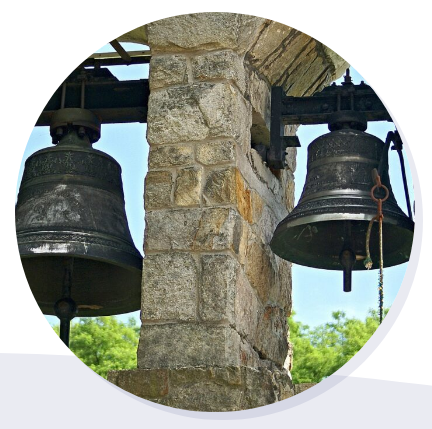
Instructional Materials - Unit 1.2 Waves: Sound
OpenSciEd
Have you ever heard a sound and wondered what it means? Or how it was made? This unit begins with a shared experience of observing a clocktower (dong! dong!) making and sending a sound signal that people use to communicate the time. In the first part of the unit, students plan and conduct investigations to produce evidence to answer their questions about how objects make sounds and how we can know that sounds travel and are received. Students gather evidence that vibrating objects make sound and sound can make other objects vibrate. They use this evidence to develop a model for how the clocktower makes and sends sound that people can hear. In the second part of the unit, students identify messages people send using sound signals in their communities and decide that they want a better way to send good news messages across their classroom. Students then engineer their own sound signal devices by planning, building, and testing designs they can use to communicate good news to all of their classmates!
The material is distributed in accordance with the CC BY-NC. See details at: https://creativecommons.org/share-your-work/cclicenses/
0 lượt xem
Học trực tuyến
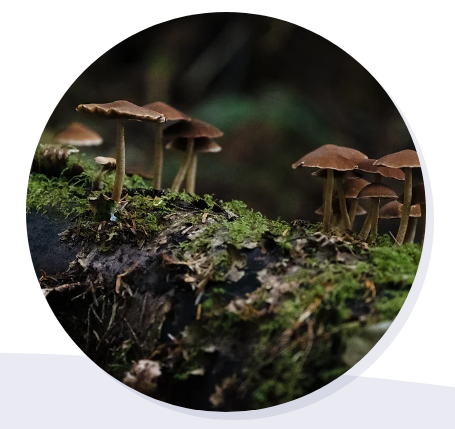
Instructional Materials - Unit 5.1 Ecosystems & Matter Cycling
OpenSciEd
Water is essential for all living things, leading many cultures to proclaim, “Water Is Life.” In this unit, students investigate natural water systems to determine whether they are healthy or unhealthy, considering different species' needs and exploring ways to improve water quality. Students begin by analyzing four water samples (Lake, Pool, Metallic, and Rain Water) and creating models to explain what might make them healthy or unhealthy. They observe properties to identify materials in the water and design a filter to remove visible contaminants. However, they realize that some unhealthy particles remain. To further purify the water, students explore heating methods. They test boiling and analyze second-hand data, discovering that boiling works for only one sample. They then investigate solar stills as another separation method, but the process proves slow. Looking at large-scale solutions, students research water treatment methods and experiment with adding substances to remove contaminants. Finally, students apply their knowledge of science and engineering to design solutions for a real-world water issue, with opportunities to address local concerns. Through hands-on investigation, they develop strategies to improve water quality for different purposes.
The material is distributed in accordance with the CC BY-NC. See details at: https://creativecommons.org/licenses/by-nc/4.0/
0 lượt xem
Học trực tuyến

Instructional Materials - 6.1 Light & Matter
OpenSciEd
"How does a one-way mirror work? Though most everyone knows that one-way mirrors exist, having students model how they work turns out to be a very effective way to develop their thinking about how visible light travels and how we see images. Initial student models in this 6th grade light and matter science unit reveal a wide variety of ideas and explanations that motivate the unit investigations that help students figure out what is going on and lead them to a deeper understanding of the world around them.
A video of an experience with a one-way mirror, gets students to organize and write down their initial ideas and then they dig in to test those ideas and figure out what is really happening. Students build a scaled box model of what they saw in the video to test out their ideas. Using two boxes combined together with a one-way mirror in between the two, students vary the presence of light in the two boxes to figure out how a one-way mirror works and improve their initial models so they accurately explain how light is reflected and transmitted through materials and the basics of how these behaviors of light result in the images we see.
As the first 6th grade science unit in the OpenSciEd program, during the course of this unit, students also develop the foundation for classroom norms for collaboration that will be important across the whole program while answering several questions."
The material is distributed in accordance with the CC BY. See details at: https://creativecommons.org/licenses/by/4.0/
0 lượt xem
Học trực tuyến
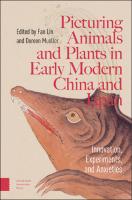
Picturing Animals and Plants in Early Modern China and Japan: Innovation, Experiments, and Anxieties
Edited by Fan Lin, Doreen Mueller
Tài liệu được phân phối tuân theo Giấy phép CC BY-NC-ND. Xem chi tiết tại https://creativecommons.org/use-remix/cc-licenses/
0 lượt xem
Học trực tuyến
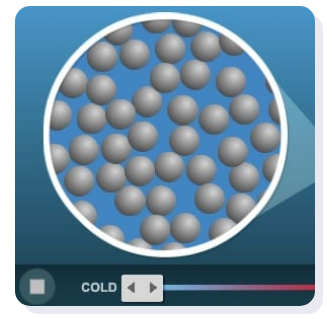
Simulation Library - Unit 6.2 L11 Particle Heating and Cooling Simulation
OpenSciEd
This simulation allows students to make observations about how particle motion changes as the overall temperature of a liquid changes.
The material is distributed in accordance with the CC BY. See details at: https://creativecommons.org/licenses/by/4.0/
0 lượt xem
Học trực tuyến
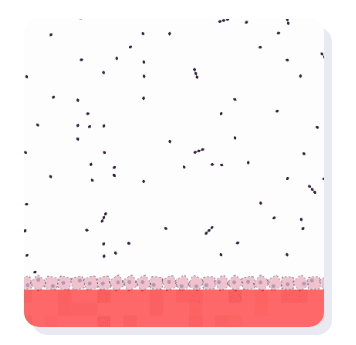
Simulation Library - Unit 7.3 L8 Inside our Bodies – Villi Absorption
OpenSciEd
This simulation explores the relationship between the amount of surface area in the small intestine and the rate at which it absorbs food particles into the circulatory system.
The material is distributed in accordance with the CC BY. See details at: https://creativecommons.org/licenses/by/4.0/
0 lượt xem
Học trực tuyến
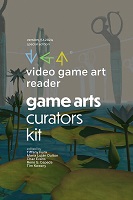
Video Game Art Reader : Volume 5 The Game Art Curators Kit
Edited by Tiffany Funk,,...et. al.
Tài liệu được phân phối tuân theo Giấy phép CC BY-NC-ND. Xem chi tiết tại https://creativecommons.org/use-remix/cc-licenses/
0 lượt xem
Học trực tuyến

We Need To Talk About Climate: How Citizens’ Assemblies Can Help Us Solve The Climate Crisis
Graham Smith
Tài liệu được phân phối tuân theo Giấy phép CC BY-NC-ND. Xem chi tiết tại https://creativecommons.org/use-remix/cc-licenses/
0 lượt xem
Học trực tuyến
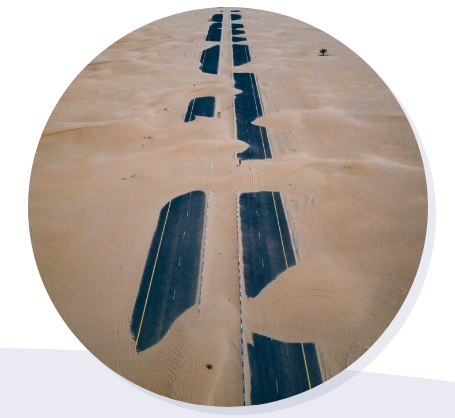
Instructional Materials - Unit 2.1 Earth: Land Changing Shape
OpenSciEd
Land is on the move and people and animals aren’t moving it! At the beginning of this unit, students engage with a puzzling news story about land changing shape, and people and animals don’t seem to be causing these changes. Students try to figure out how this land could be changing shape, and inquire with their communities and families to find examples of this happening around them. Through a series of investigations and community examples, students learn about how wind and water can change the shape of the land over various timescales. Once students have figured out how the land is changing shape, they work to solve a land change problem in their communities. Students act as engineers to design and test a solution. They compare designs and determine what solution would be most effective.
The material is distributed in accordance with the CC BY-NC. See details at: https://creativecommons.org/licenses/by-nc/4.0/
0 lượt xem
Học trực tuyến
Tìm kiếm nâng cao
Coming Soon

